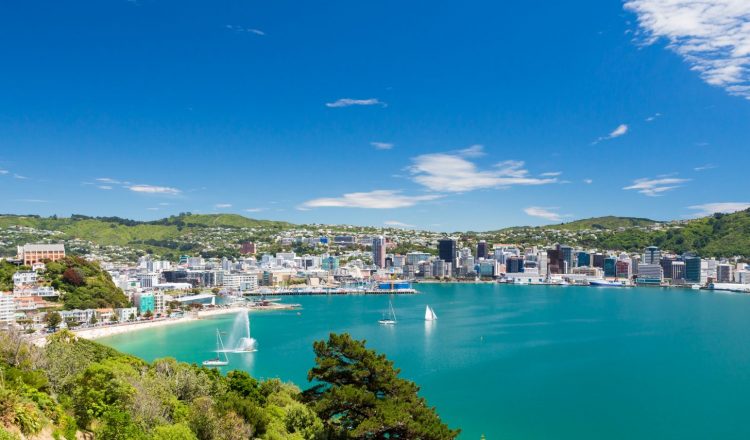ニュージーランドの人々
マオリ、ヨーロッパ、太平洋諸島、アジアの文化がパッチワークのように入り混じったニュージーランドは、人種のるつぼのような国ですが、世界的に見てもユニークな特徴を持った国でもあります。現在、440万人のニュージーランド人(通称キーウィ)のうち、約69%がヨーロッパ系、14.6%が先住民族のマオリ、9.2%がアジア系、6.9%が非マオリの太平洋諸島系の住民となっています。
パーケハー(ヨーロッパ系のニュージーランド人を指すマオリ語)
パーケハー文化(通常、ニュージーランドのヨーロッパ文化と同義)は、主にイギリス人、特に19世紀にニュージーランドを植民地としたイギリス人入植者の文化に由来しています。1950年代頃まで、多くのパーケハーは自分たちをイギリス人と見なし、「母なるイギリス」との文化的なつながりを強く持っていました。しかし、ニュージーランドで生まれた人は、イギリス人よりも身体的に強く、適応力があるという共通認識がありました。また、初期のニュージーランドでは、主に農村部で生活していたため、ニュージーランド人は無骨で勤勉な問題を解決できる人というイメージがありました。パーケハー文化のもう1つの特徴として、イギリスの階級制度とは異なり、平等主義の伝統があります。パーケハー文化の中には、アイルランドやイタリアなどのヨーロッパ系のサブカルチャーや、様々な非民族系のサブカルチャーも存在します。
1980年代に入ると、パーケハーは自分たちの独特の伝統をさらに追求し、ニュージーランド人にはマオリでもイギリスでもない文化があると主張するようになりました。「キウィアナ」と呼ばれる、ニュージーランドの伝統的なアイテムにも関心が集まりました。例えば、ポフツカワ(ニュージーランドのクリスマスツリー)、パウアシェルの灰皿、バジービー(Buzzy Bee)、パイナップル・ランプス(Pineapple Lumps)、ゴム長靴、ジャンダル(jandals)などです。
マオリ
マオリは、ニュージーランドの先住民族です。1250年から1300年の間に、東ポリネシアの島々からカヌーでニュージーランドに渡ってきた人たちが起源とされています。マオリは、数百年にわたって島々を開拓し、独自の文化を発展させてきました。口承では、ハワイキ(熱帯ポリネシアの神話上の故郷)から大きな外洋用カヌー(ワカ)で長い航海をしたことが語られています。マオリの神話は、ポリネシアのモチーフをいくつか共有する、独特の神々と英雄のコーパスです。主な登場人物はRanginui、Papatūānuku、Māui、Kupeなどです。
多くの文化的イベントの中心となるのがマラエで、ポウウィリやタンギなどの特別な行事のために家族や部族が集まります。マオリは自分たちのことを「tāngata whenua(土地の人々)」と呼び、陸と海のつながりを大切にした生活をしています。共同生活、共有、土地を利用した生活は、強い伝統的な価値観です。
マオリの独特の価値観、歴史、世界観は、ハカ、ターモコ、ワイアタ、彫刻、織物、ポイなどの伝統的な芸術や技術によって表現されています。また、マオリの文化ではタプ(タブー、聖なるものの意)という概念が強く、物や人、そして山にまで適用されています。
その他の民族

















































